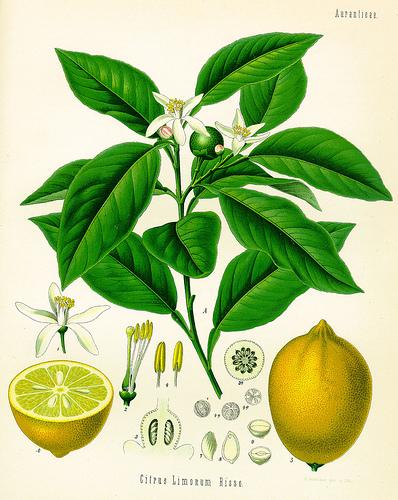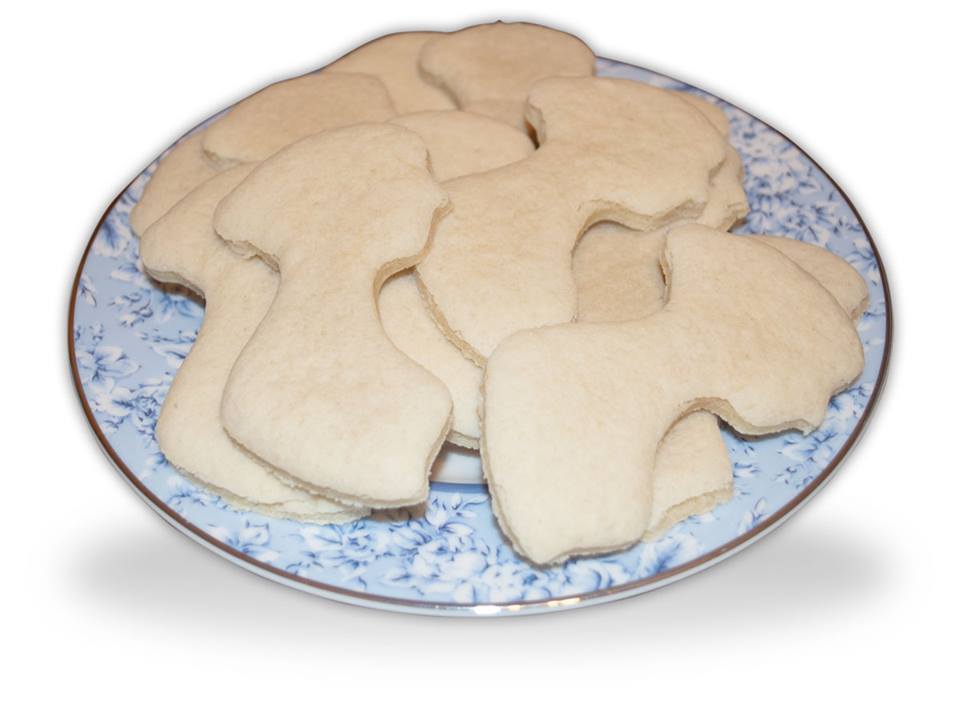Spillikins
"Our little visitor has just left us, & left us highly pleased with her;-she is a nice, natural, openhearted, affectionate girl, with all the ready civility which one sees in the best Children of the present day; -so unlike anything that I was myself at her age, that I am often all astonishment & shame.-Half her time here was spent at Spillikins; which I consider as a very valuable part of our Household furniture, & as not the least important Benefaction- from the family of Knight to that of Austen." Jane Austen to Cassandra February 8, 1807
In her letter, Jane Austen refers to her personal set as "a very valuable part of our household furniture." The "Austen Spillikins", along with other artifacts of Jane's daily life can be found on display at the museum in Lyme. Ivory fish, like those Lydia gambles with in Pride and Prejudice, and letter blocks, similar to those used in Emma can also be found in the display. It is clear the Austens were serious about their fun and games. 
Jane Austen's Spillikins can be seen in the upper right hand corner. Photo by Jane Odiwe of the Jane Austen Sequels Blog.
So just what was this engrossing game? Spillikins is played the same way that early versions of Jack Straw and the American "pick up sticks" are. The difference comes withe the playing pieces. Jack Straws were originally played with uniform pieces of straw (though now wooden or plastic farming tools are generally used.) Pick up sticks are made of wood or plastic, of uniform length, sometimes with knobs on the ends. Spillikins, were crafted from wood or ivory and could be blunted or rounded depending on the set. When playing with sticks of uniform size and shape, like those that belonged to Austen, the rules are, as follows:
- The object of the game is to pick up the most sticks.
- To begin the game, a bundle of sticks are somewhat randomly distributed so that they end up in a tangled pile. The more tangled the resulting (dis)array, the more challenging the game. In some versions of the game, any isolated sticks, or sticks lying alone, are removed.
- The first player attempts to remove a single stick, without moving any other stick. In some versions of the game, players use a tool to move the stick away from the pile; this "tool" may be one of the sticks, held aside before the game begins. In other versions, players must pick up the sticks by hand. In either case, players must not move any other sticks while attempting to remove the chosen stick; if any other stick moves, his or her turn ends immediately. Players who successfully pick up a stick can then have another turn; the player keeps removing sticks until he or she causes a secondary stick to move.
- The game is over when the last stick is removed. The winner is the player with the highest number of sticks picked up.
 A game of Spillikins, shaped like Jackstraws on display at The V&A Museum of Childhood. In her book, The Girl's Own Book (1834) Lydia Marie Child gives the following instructions for playing Jack Straws:
A game of Spillikins, shaped like Jackstraws on display at The V&A Museum of Childhood. In her book, The Girl's Own Book (1834) Lydia Marie Child gives the following instructions for playing Jack Straws:
A large number of straws or fine splinters of wood, of equal length, are placed in a pile, standing up, so as to meet at the top and spread out at the bottom, like a tent, or hay-stack; two of the sticks are reserved, and on these are places little crooked pins, or some small, delicate kind of hook. Each one, in turn, takes these hooks and tries to remove one from the pile, without shaking any other straw. The one who succeeds in removing a straw upon these difficult conditions, takes it to herself, and counts one. Those who gain the most straws win the game. Sometimes they cut little notches, or they black the heads of three, which they call king, queen, and bishop. The king counts four, the queen three, and the bishop, one.In playing modern Jackstraws, there are typically around 45 pieces in a set and made of wood, plastic, bone, or ivory. In addition to the jackstraws themselves, the game typically includes a helper piece with a hooked edge to help people grasp and manipulate pieces. Each piece in the game also has a point value, with more challenging pieces being worth more points at the end of the game. At the end of play, points are tallied up and the pieces can be thrown again or stored in a container for another use.
Equipment
• 1 hook • approx. 45 jackstrawsObject
Players try to win points by removing jackstraws - in the shapes of various tools - from the pile, one at a time.Rules
1. If you're the first player, hold all the jackstraws about 2 inches from the table. Then drop them so that they fall into a pile. 2. Using the hook, try to remove jackstraws from the pile, one at a time without moving the others at all. If any jackstraws have fallen free from the pile, you may remove them first. Each time you succeed in removing one, keep it and try to remove another. Once you've started to remove a jackstraw, you can't change your mind and decide to remove another. If, at any time, you wish to use your fingers instead of the hook, you may do so. 3. If you move one or more jackstraws while you're trying to remove another, you must end your turn. That's why players should watch each opponent's turn very closely! 4. When your turn ends, the next player picks up and drops the remaining jackstraws and plays in the same manner. 5. Continue playing until all the jackstraws are gone from the pileWinning
At the end of the game, players total the point values of their jackstraws. The players with the most points wins. Scoring[edit] Score 10 points each – Two-man saw, Gun, Wrench, Ladder, Key-hole saw Score 5 points each – Shovel, Rake, Sledge, Fork, T-Square, Paddle, Axe, Crutch, Sword Score 2 points each - Cane, Arrow, Tamper, Baton, Hockey Stick, Pick Score 2 point each - all other pieces.Spillikins instructions from Wikipedia.com. Special thanks to Jane Odiwe for sharing her photograph of Austen's Spillikins.
If you don't want to miss a beat when it comes to Jane Austen, make sure you are signed up to the Jane Austen newsletter for exclusive updates and discounts from our Online Gift Shop.



1 comment
[…] the article “Spillikins,” The Jane Austen Centre (https://www.janeausten.co.uk/spillikins/) shares this: “Jane Austen was a very hands-on aunt, with numerous games and activities in her […]
Staying Home With Jane, by Rachel Dodge | Jane Austen's World
Leave a comment
This site is protected by hCaptcha and the hCaptcha Privacy Policy and Terms of Service apply.